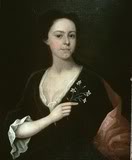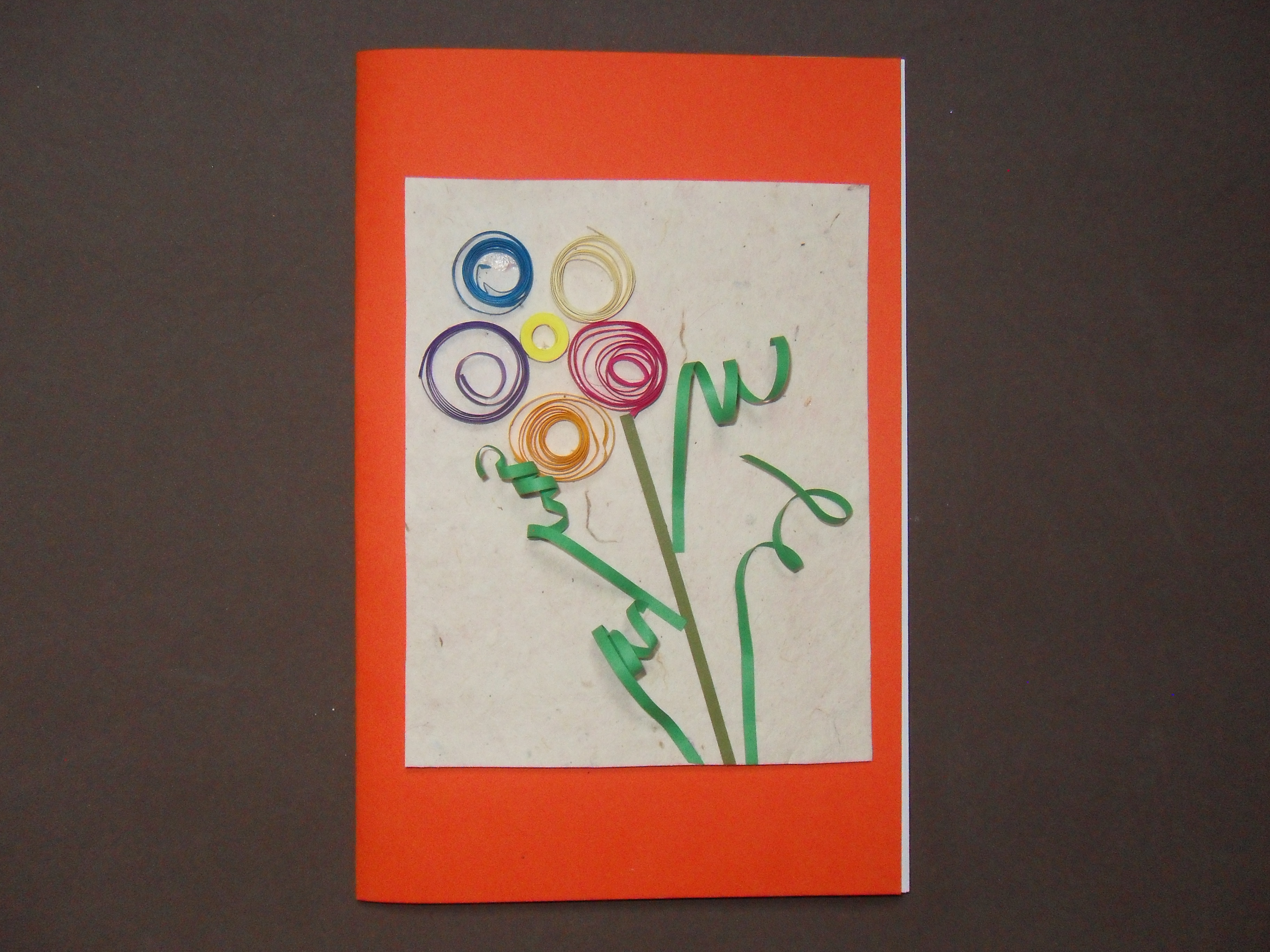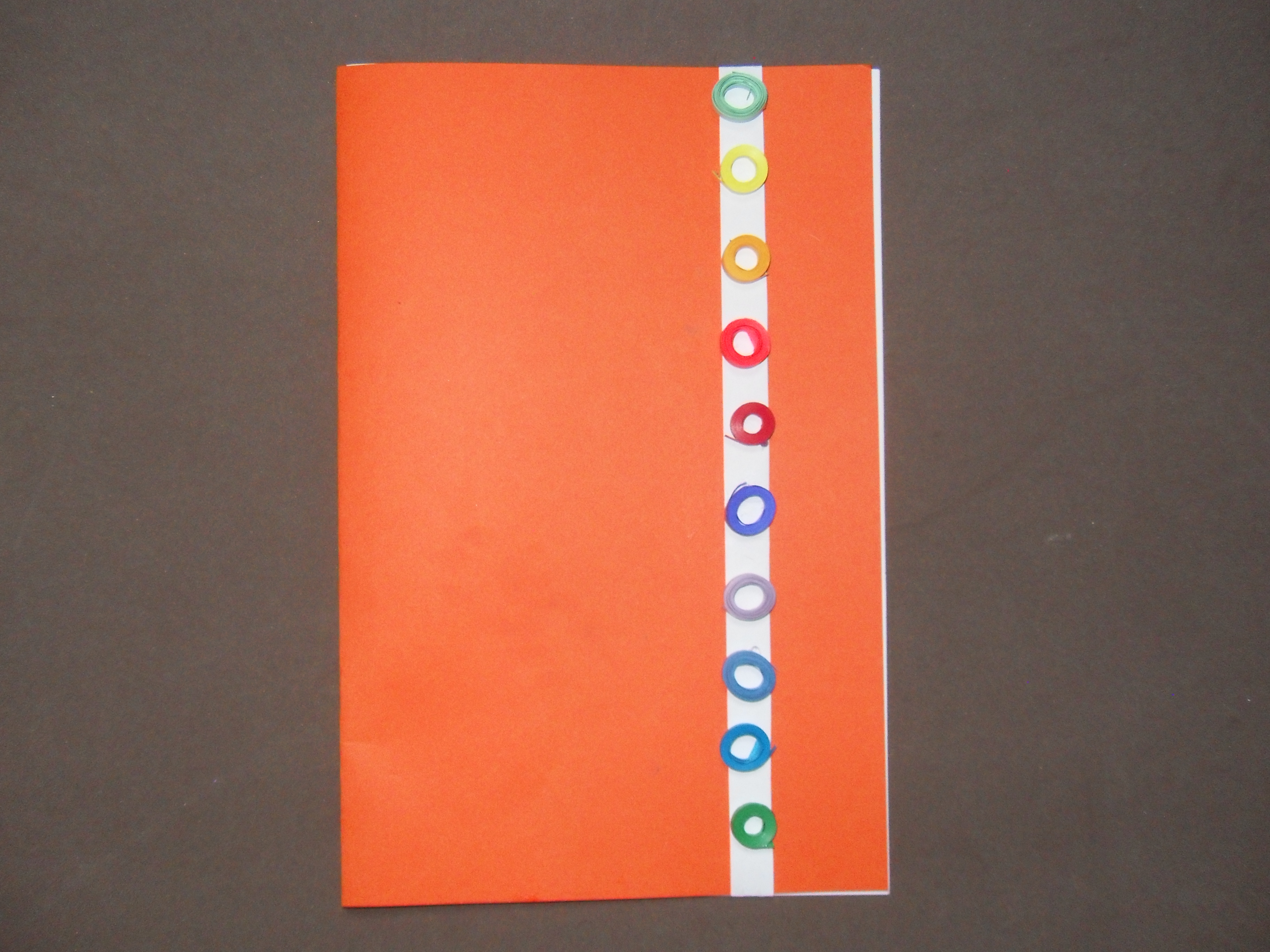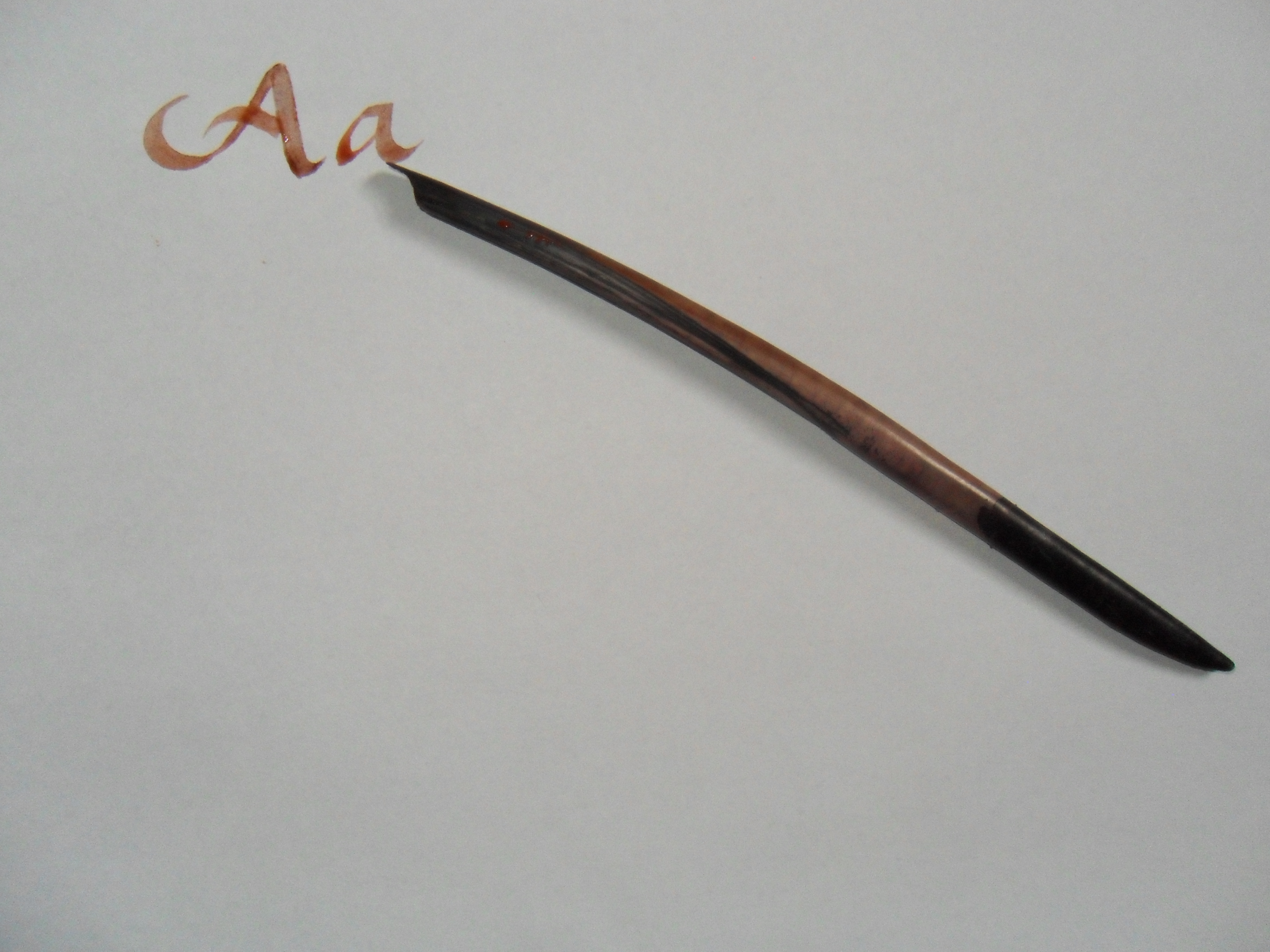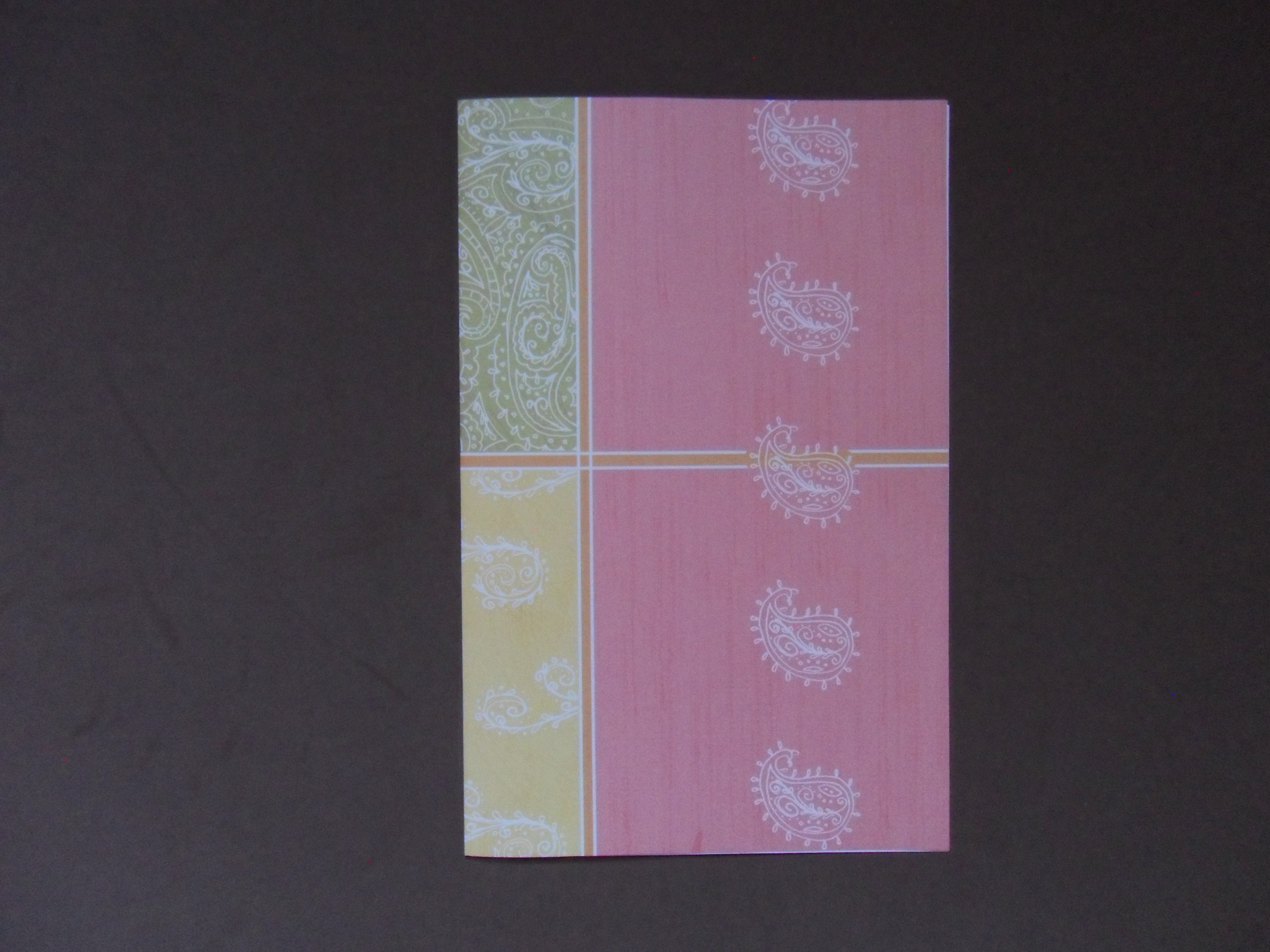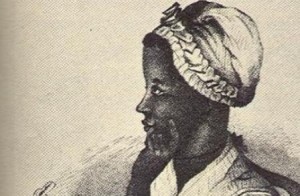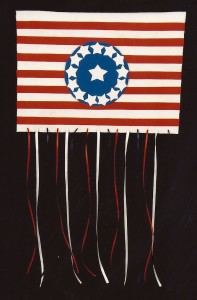Annis Boudinot Stockton was born in Darby, Pennsylvania between 1733 and 1736 to a wealthy family, descendants of French Huguenots who came to America in 1685 after the Revocation of the Edict of Nantes. She was the first in her family born in North America. The family later moved to the Princeton area of New Jersey where she learned to read and write unlike many women of her generation and interacted with the intellectuals of the town.
She married Richard Stockton in 1757 and they lived in Morven, the Stockton estate. As a mother of six children, she became an advocate for education after she read “A Vindication of the Rights of Women” by Mary Wollstonecraft (1792).
Richard Stockton was a lawyer and a representative for the College of New Jersey and the American colonies. In June 1776 he sided with the patriots who elected him to the First Continental Congress. He was one of the signers of the Declaration of Independence.
During the Revolutionary War, British General Cornwallis marched through New Jersey. Annis and her family left their home in Princeton and found refuge in the home of friends in Monmouth County. The British army set up headquarters at Morven, burning the Stockton library and furniture and trashing the estate but they soon found Annis and her family and imprisoned Richard. His imprisonment left him weak and sick. Annis nursed him until his death in February 1781.
Annis B. Stockton was primarily a poet. Her poems celebrated the Battle of Bunker Hill, the fall of General Richard Montgomery at Quebec and the “deeds” of George Washington. Washington was effusive in his gratitude of her praise. She also wrote about other events during the Revolution, Congress, marriage, and friendship. She wrote her poems in a neoclassical style and compiled into a copybook.
ADDITIONAL BIBLIOGRAPHY:
http://www.jerseyhistory.org/findingaid.php?aid=1221
Diamant, Lincoln, editor. Revolutionary Women in the War for American Independence, A One Volume Revised Edition of Elizabeth Ellet’s 1848 Landmark Series. Westport Connecticut: Praeger Publishers, 1998.
Greenberg, Judith E. and McKeever, Helen Cary. Journal of a Revolutionary War Woman. New York: Franklin Watts, 1996.
Micklos, John. The Brave Women and Children of the American Revolution. Berkeley Heights, NJ: Enslow Publishers, Inc, 2009
Freeman, Land M., North, Louise V and Wedge, Janet M. In the Words of Women: the Revolutionary War and the Birth of the Nation, 1765-1799. Landam, Md: Lexington Books, 2011.
Redmond, Shirley Raye. Patriots in Petticoats, Heroines of the American Revolution.New York: Random House, 2004
MATERIALS:
2 sheets of 8 1/2 x 11 inch white paper like bond paper or drawing paper
1 sheet of 8 ½ x 11 inch construction paper any color but preferably a light color
Black felt-tip marker
Pencil/eraser
Ruler
PROJECT:
- Fold the sheets of white drawing or bond paper in half along the width.
- Fold the construction paper in half along the width. This will be the cover of the book.
- Open up all the folded pages. Place the cover sheet face down and draw a thin line of glue along the center fold.
- Place one of the white sheets over the cover sheet aligning the center folds and press. Do the same for this sheet and draw a thin line of glue along its center fold.
- Place the second sheet of drawing or bond paper on top of the first one. Align the center folds and press. Allow the glue to dry
- Fold the papers so that the book now measures 5 ½ x 18 ½ inches. Place the cover on the outside. Cut and paste the clip art sites listed below into your browser to help you design the cover and the inside pages. Like Mercy Otis Warren and other colonial women, write in your diary every day recording the important and everyday events of your life.
- (Optional) Free Clip Art:
- www/freegraphics/comwww.bing.com/image
- www/openclipart.or
- www/allfree-clipart.com

